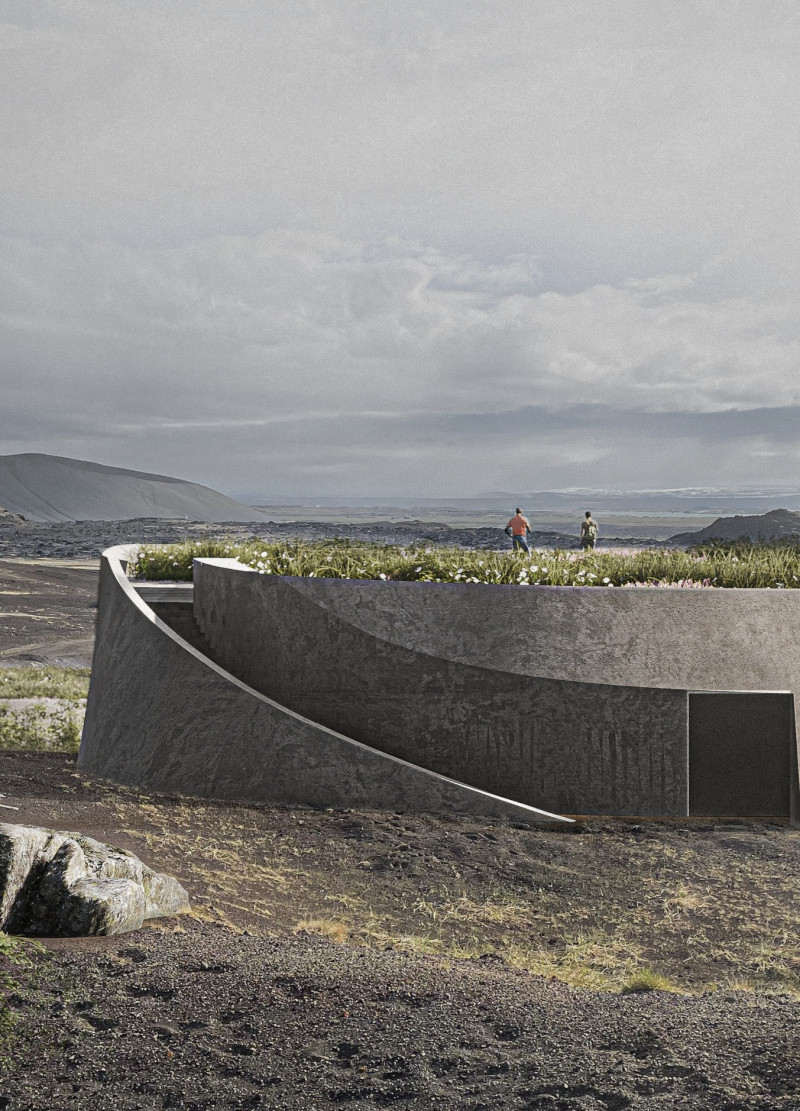5 key facts about this project
The project in Mývatn, Iceland, focuses on creating a community that blends with the natural landscape. Set in a region known for its unique geology and ecology, the design aims to establish a series of small modular units that promote social interaction and a sense of belonging among residents and visitors. Central to the concept is the idea that homes should be warm and inviting, encouraging connections between people and their environment.
Community Engagement
At the center of the design is a communal kitchen, which is intended to be a gathering space for guests. This area is designed to facilitate shared cooking experiences, allowing residents and visitors to prepare meals together. By doing so, it helps to foster interaction and break down cultural barriers. Surrounding the kitchen are additional spaces for resting and community activities, all integrated within landscaped green areas that enhance the overall welcoming atmosphere.
Sustainable Practices
The greenhouse stands out as a key feature of the design. Its purpose is to support local food production and encourage residents to grow their own crops. This not only reinforces the connection to the land but also promotes sustainable living practices. The design also includes shaded spots for growing mushrooms and sprouts, which highlights a commitment to environmental awareness and biodiversity in the community.
Design Adaptation
The layout of the modules is carefully structured to respond to local climate challenges. It creates protected courtyards that offer comfortable outdoor spaces for relaxation and plant growth during colder months. The half-circular shape of each module maximizes usable interior space while keeping elevation low, which helps to retain warmth and enhance energy efficiency.
Materiality and Thermal Efficiency
Material choices include tuff and peat, which are used for constructing the solid walls. These materials have natural thermal properties allowing them to absorb heat during the day and release it at night. This approach not only makes the living spaces comfortable but also connects the design with its surrounding environment.
In addition to these elements, outdoor stairs lead to roof terraces, inviting residents to engage with the landscape. The inclusion of blueberry and cranberry bushes along the pathways reinforces the connection between nature and the built environment, creating a cohesive and inviting setting.






















































